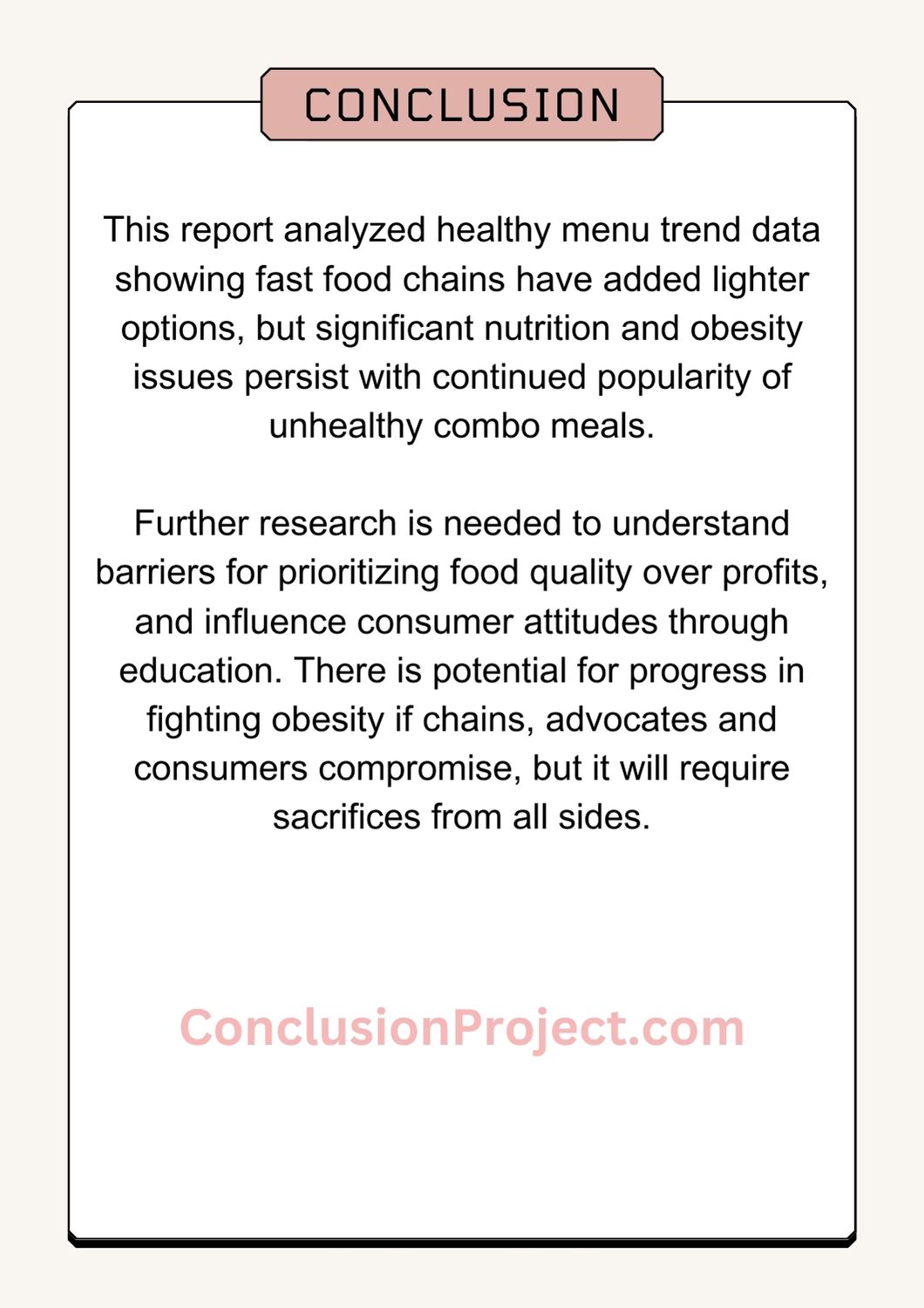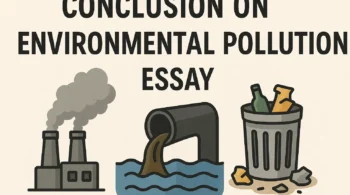The conclusion for an assignment serves as the final opportunity for a student to summarize their key points, reflect on their findings, and demonstrate their understanding of the subject matter. It is a crucial component of any academic work, as it allows the writer to tie together their arguments and present a cohesive ending to their research or analysis.
When writing a conclusion for an assignment, it is important to reiterate the main points discussed throughout the paper and to provide a clear and concise summary of the findings. This section should not introduce any new information, but rather should serve as a reflection on the work that has been done and the conclusions that have been drawn.
The conclusion is not just a mere summary of the assignment, but rather a critical component that can leave a lasting impression on the reader and showcase the writer’s ability to synthesize information and draw meaningful conclusions. In this article, I will guide you about writing a strong and effective conclusion that leaves a lasting impact on the reader and share some examples.
How to write conclusion in assignment
- Restate the thesis/central argument in different words. Don’t just copy and paste it word-for-word from your assignment. Summarize the main point concisely.
- Connect back to the key themes or ideas that have run throughout your assignment. This helps show how they all tie together to support your thesis.
- Address the wider significance or implications of your research or analysis. What does it mean in the bigger context of the field or real world?
- Call attention to the limitations of the assignment and make suggestions for further research or analysis that could be done. Point out areas for improvement.
- End on a thoughtful note by proposing a compelling question for further exploration or leaving the reader with an impactful final statement to remember. Avoid just trailing off vaguely.
- Keep it short and sweet. No new information should be brought in at this point. The conclusion should flow naturally from the preceding arguments. 3-5 concise sentences are usually sufficient to wrap up an assignment effectively.
Conclusion for Assignment
In conclusion, this assignment has provided a comprehensive overview of [insert main topic]. Through the exploration of [insert key points or areas of focus], it is clear that [insert main findings or arguments]. This underscores the importance of [insert why the topic is significant or relevant]. However, there are still challenges and questions that need to be addressed, such as [insert remaining issues or questions]. Moving forward, it is crucial to [insert recommendations for future action or research]. By doing so, we can continue to deepen our understanding and make progress in this field.
Conclusion for Assignment Example
In conclusion, this assignment has provided a comprehensive overview of the pressing environmental challenges we face today, as well as potential solutions to address them. Through the exploration of topics such as climate change, biodiversity loss, and pollution, it is clear that human activities are having a profound impact on the environment. This underscores the urgent need for action to protect and preserve the natural world. However, there are also many reasons for hope, such as the growth of renewable energy, the development of sustainable agriculture practices, and the increasing awareness and activism around environmental issues. Moving forward, it is crucial to continue working towards sustainable development, to implement policies that prioritize environmental protection, and to foster a culture of sustainability in our personal and professional lives. By doing so, we can create a healthier, more resilient, and more equitable world for all.
Conclusion for Assignment Sample
This report analyzed healthy menu trend data showing fast food chains have added lighter options, but significant nutrition and obesity issues persist with continued popularity of unhealthy combo meals. Further research is needed to understand barriers for prioritizing food quality over profits, and influence consumer attitudes through education. There is potential for progress in fighting obesity if chains, advocates and consumers compromise, but it will require sacrifices from all sides.

Conclusion of Assignment
This experiment tested the effectiveness of different fertilizers on plant growth. The results show Miracle-Gro soil yielded the tallest tomato plants while plants fertilized with coffee grounds had more flowers. Further studies should explore using a larger sample size, regulating water and sunlight, and mixing different levels of organic and chemical fertilizers to determine optimal formulations for plant health and yield.






